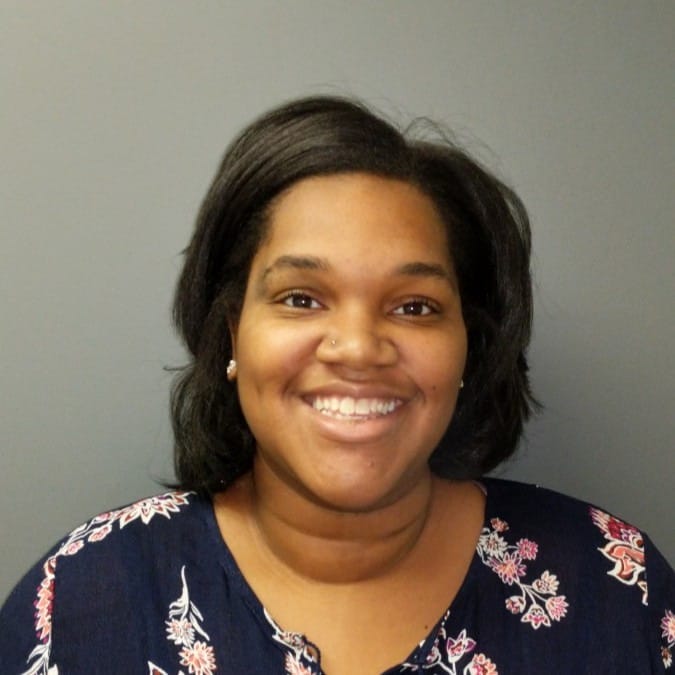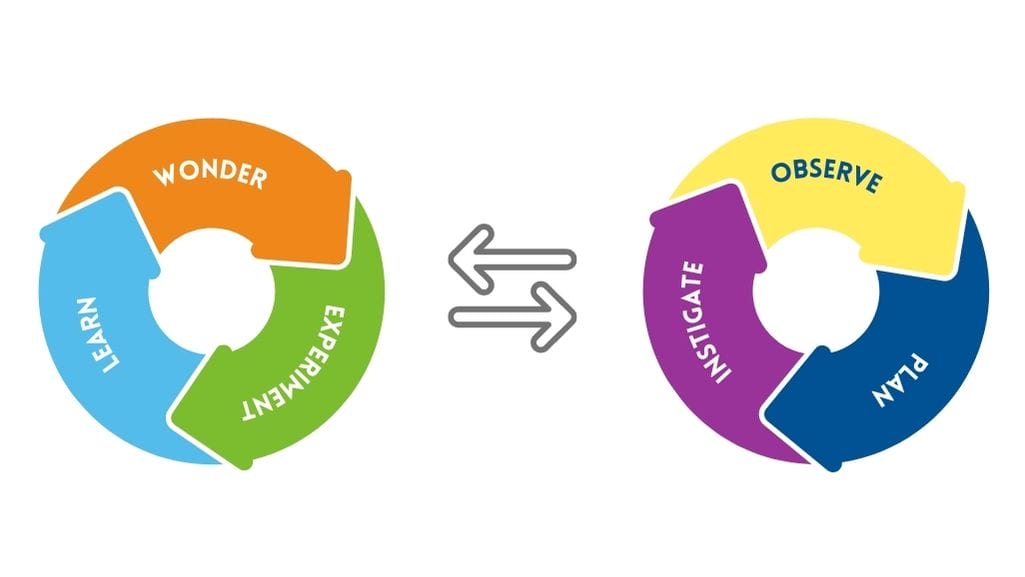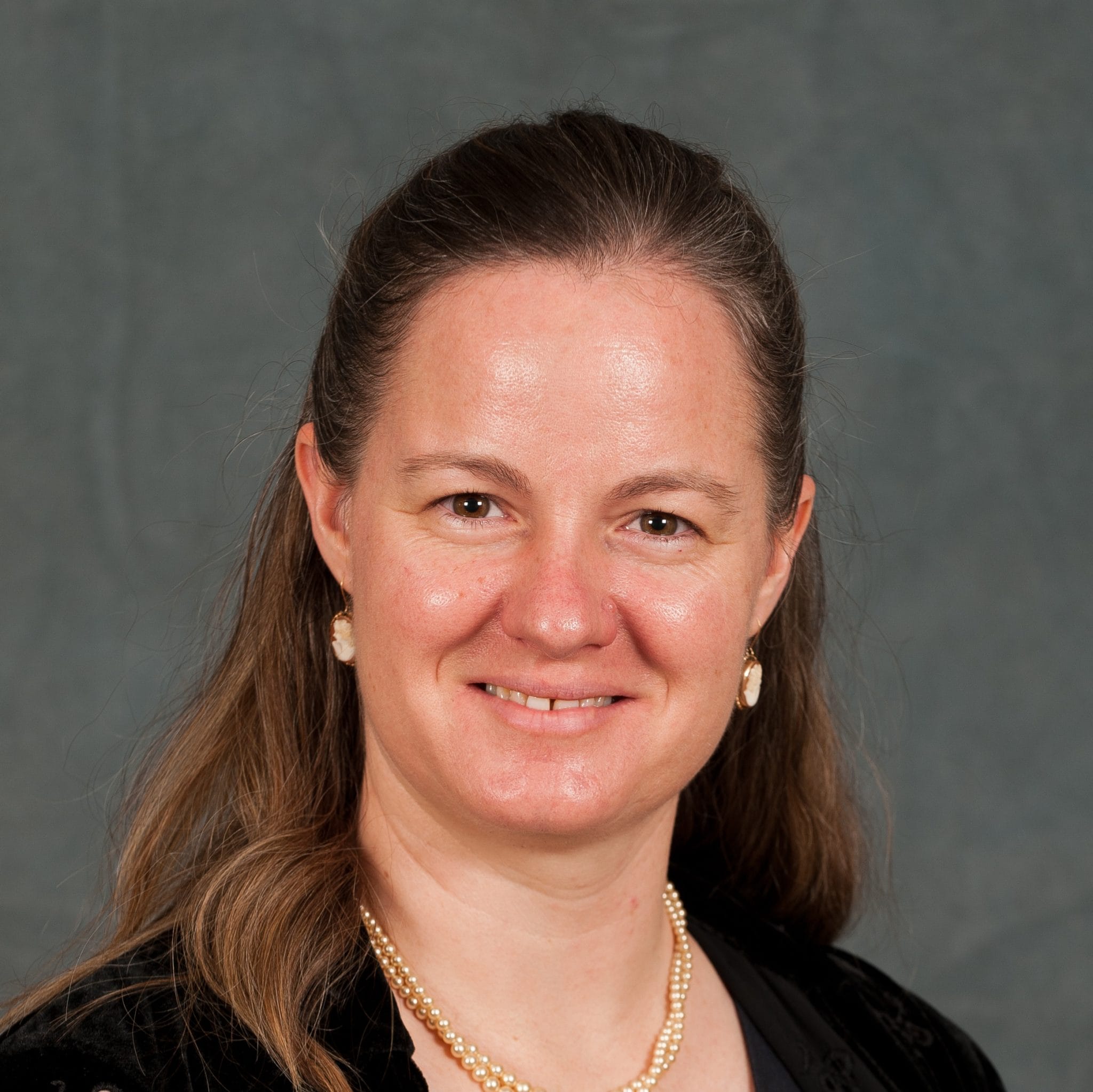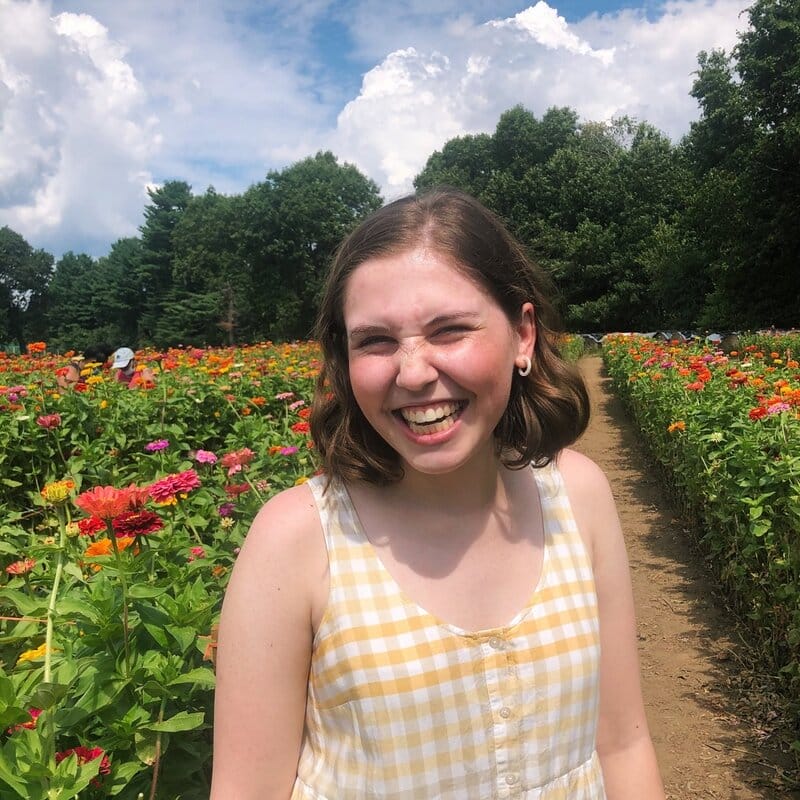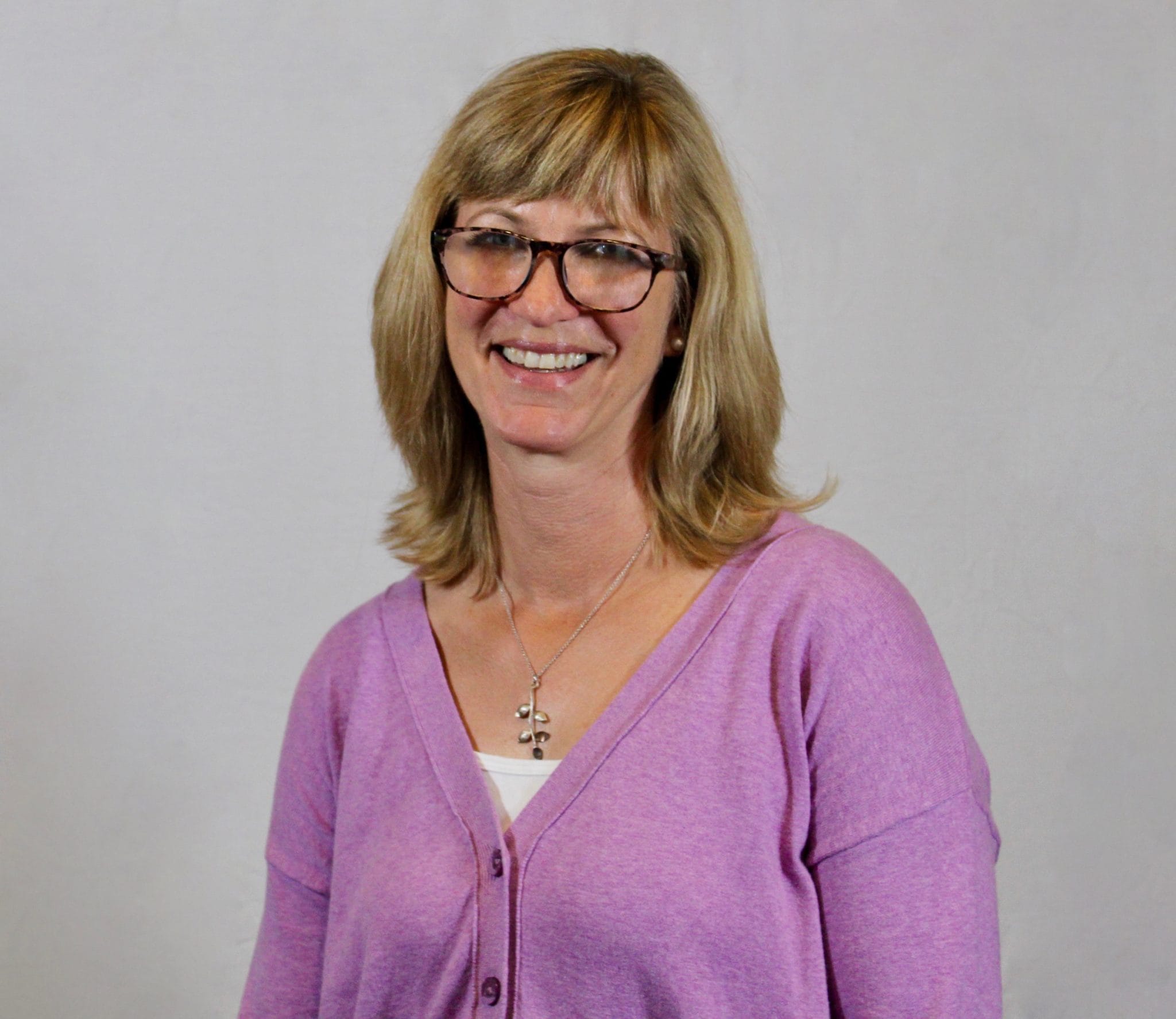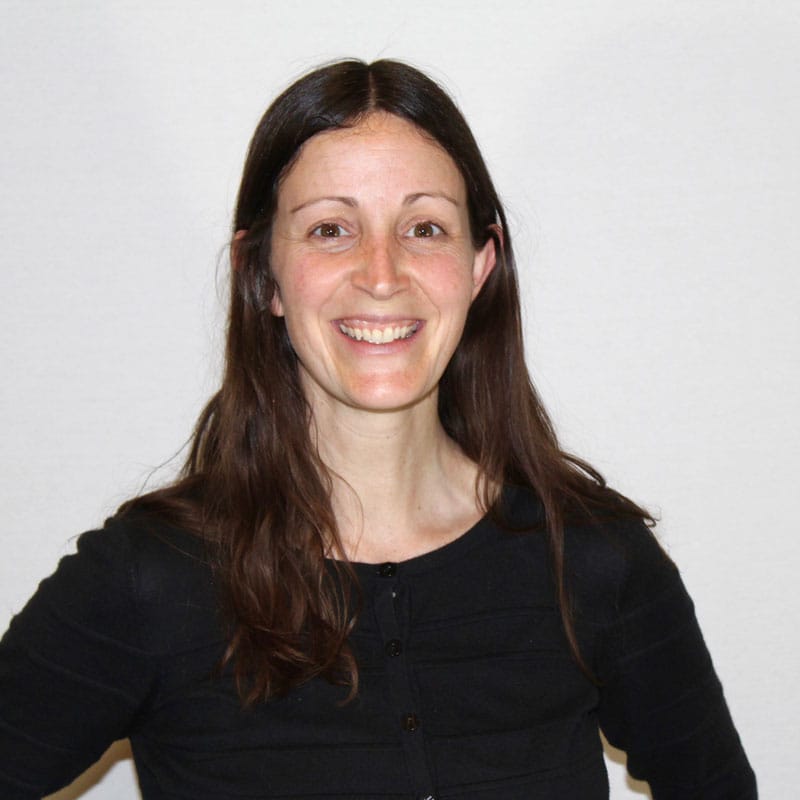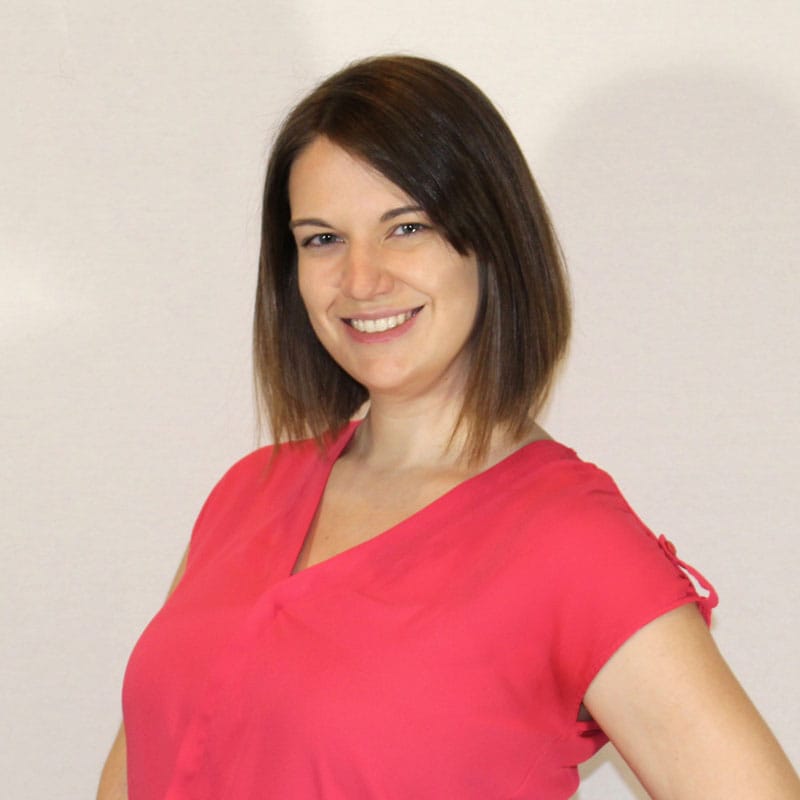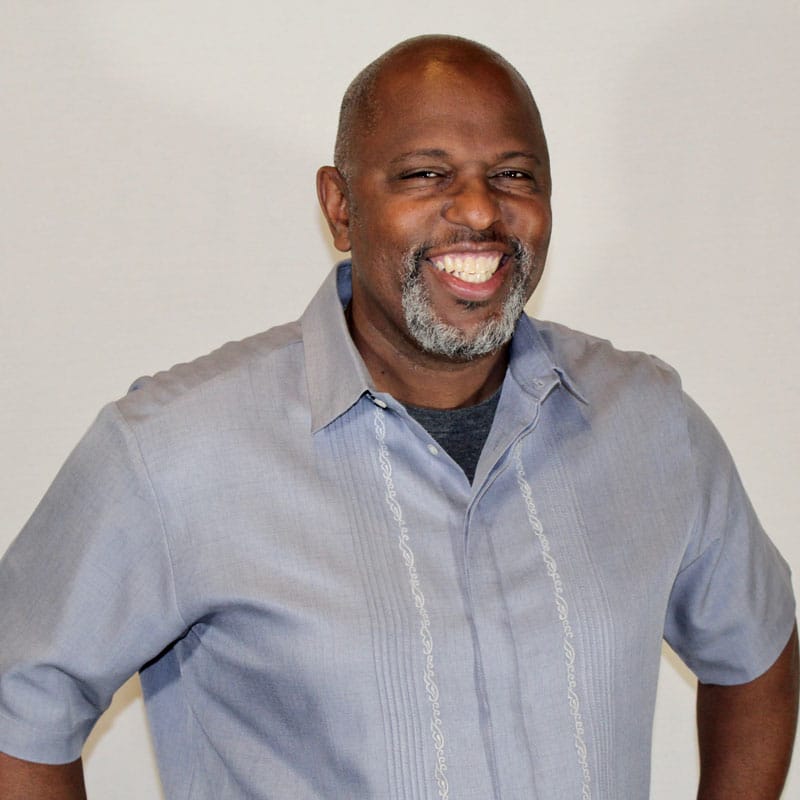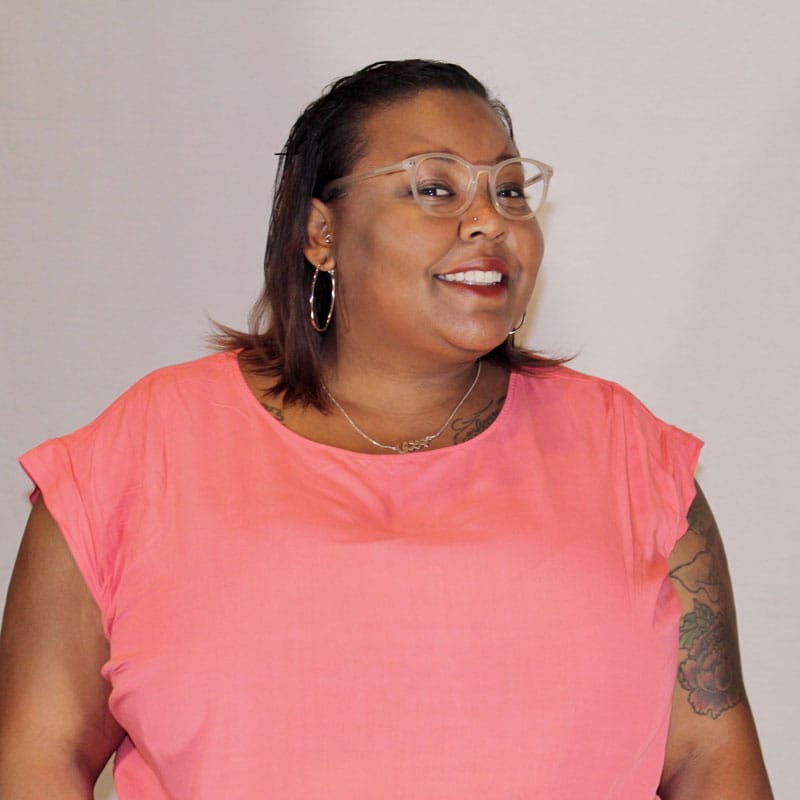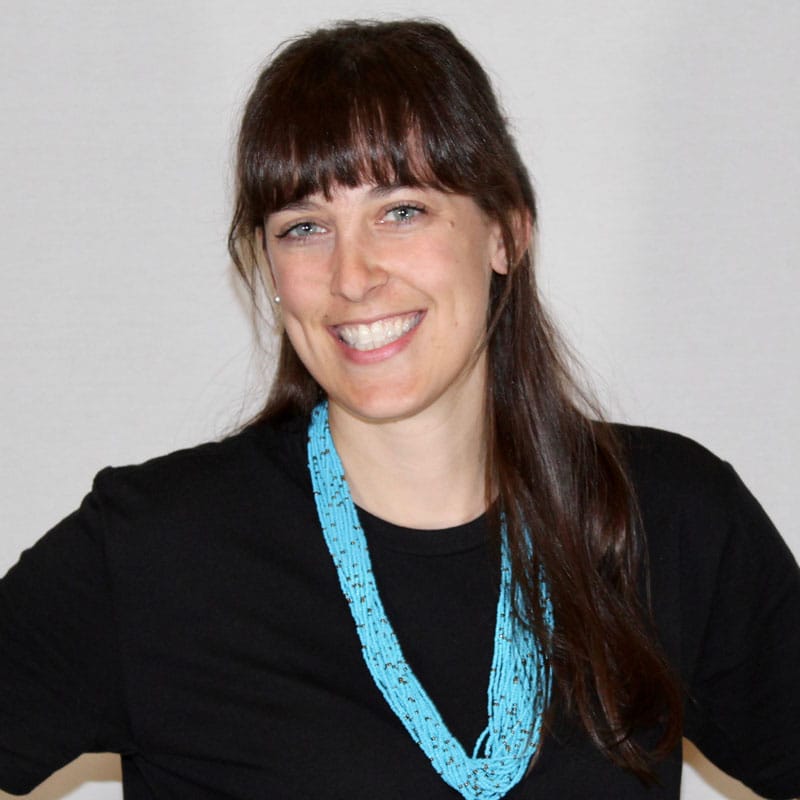November 8, 2021
By Aleta Margolis, Founder and President, Center for Inspired Teaching
Hooray for Monday is a weekly blog filled with questions, ideas, reflections, and actions we can all take to remodel the school experience for students.

If you’ve ever flown on Southwest Airlines, you know the drill: you board the plane and walk through the aisle searching for an empty seat – ideally, in my case, next to a window. This past weekend, I flew on Southwest to visit my daughter for family weekend at her college. Soon after I boarded my flight, I spotted a gentleman sitting in the aisle seat next to two empty seats. He was looking intently at his phone, working hard to avoid eye contact, likely in hopes he might be able to secure the whole row for himself. (No judgment – we’ve all done it.) I asked him, through my mask and face shield, “Can I sit here?” No response. I tried again, “Pardon me, may I sit with you?” “Oh,” he finally responded, “Sure, go ahead.” He stepped into the aisle as I squeezed into the row and took the window seat.
As I settled in, I experienced a momentary flashback to the lunchroom when I was in middle school. I remember the experience of looking around, lunch tray in hand, seeing empty places at some of the cafeteria tables, and wondering whether they were being “saved” for someone other than me. Wondering whether I might be welcome there. Hoping, unlikely as it seemed, that someone might even invite me to sit with them. And ultimately gathering up my courage enough to say “Can I sit with you?” to one of the kids who’d settled in at a table. The answer was occasionally the same as on the plane, a reluctant “Sure” offered by someone who knew they had no choice but to acquiesce. Other times, the answer was a definitive “No” followed by an explanation that the seat was being saved for someone else, or sometimes with no follow-up at all. The experience of having been excluded persists in my memory.

In addition to dredging up memories of middle school cafeteria drama, my experience on the plane reminded me of one of my favorite books, You Can’t Say You Can’t Play by Vivian Gussin Paley. In her book, early childhood expert Paley suggests teachers and school leaders enact one rule: no one may be excluded. The book is written for teachers and parents of young children. But the message is equally relevant for those of us who teach older children and teens.
At this moment in time when so much is dividing us within communities and across the country, we can send a simple, and powerful, message to our students by expecting them to be inclusive. This message can permeate the lunchroom, the classroom, and the playground. And though we can’t insist on it, we can certainly encourage students to be inclusive outside of school hours as well.
Especially as we continue to observe social distancing protocols that often include keeping kids isolated in small learning pods, it’s important to be intentional about being inclusive. Here are some concrete, Covid-safe ways to promote inclusivity:
- Randomly assign partners for low-stakes activities that invite students to get to know each other.
- Have students create collaborative art projects in which their individual pieces contribute to a whole (examples include: a story quilt, mobiles, team weaving).
- Create class contracts that speak directly to actions the community can take to be inclusive.
- Make sure everyone knows each others’ names. That may sound silly at this point in the year but you’d be surprised how many middle or high school students don’t know the names of everyone in their classes. Pull out the name games again and keep practicing!
- Model and practice active listening. Help students understand the difference between “turning someone out” and listening to allow yourself to be changed by what you hear. Have students frequently practice listening to each other.
- Model inclusivity as you interact with the adults in your building. Go out of your way to talk with, listen to, be kind to colleagues you might otherwise overlook. The kids will notice – and so will your colleagues.
It’s arguably easier to sit with a stranger who’s unlikely to ask anything of you than with a classmate who might want to engage in a conversation or even hope to launch a friendship. Saying “Yes” to someone who wants to be included is a risk. But it’s a risk that can contain rewards.
As we began our descent over Lake Michigan on that particularly gorgeous afternoon, my row-mate asked me to take a photo of the Chicago skyline with his phone. (I had just taken a picture of my own.) I smiled and said, “Of course.” And my new friend smiled back as he handed me his phone.
Wishing you and your students your own unexpected joys as you make space for one another this week.


